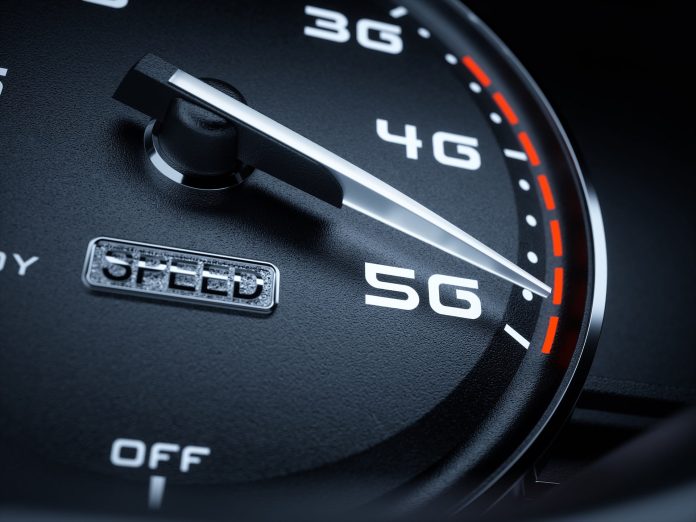Alarm systems and their supporting monitoring paths are not perfect. Understanding the weaknesses of these technologies is vital when designing and implementing security solutions in a rapidly changing marketplace.
EVERY security solution should be designed to deliver specific outcomes – in some ways the simpler these outcomes, the more likely it is the solution will meet performance expectations. For instance, some installers make enormous effort when it comes to stringing dozens of PIRs throughout a site yet dedicate very little time to ensuring the fastest possible response to an alarm event. Or a system might be thoroughly provisioned for management by remote mobile device, but the sensor choice makes it highly prone to false alarm events.
False alarms are the key issue with many alarm systems – false alarms can quickly they can erode user trust to the point the system is ignored or no longer used at all. False alarms are typically the result of poor initial sensor choice for a given environment or poor system design, which sees sensors installed in locations for which they were not intended. The flaws in choice may not only be sensor quality but sensor type. Poor installation techniques can also be an issue. A curious response to false alarms has been to remove external and internal sirens in many system designs.
Another cause of false alarms is user behaviour. Unless users receive instruction on procedures surrounding the system thoughtless access are certain to generate floods of false alarms that create serious issues for monitoring stations trying to sort out intrusion from confusion. A different type of user behaviour – set and forget – can also lead to false alarms through lack of system maintenance, particularly in evolving environments. This impacts on a system from end to end.
Feeding into overall issues can be cost sensitivity and this is likely to impact on installers as much as on users. On the installer side, systems are chosen for low cost to preserve margins. There’s nothing surprising about this. The trouble is that low cost systems are incorporate short cuts in quality, functionality, support and future R&D. End users are juggling a limited budget and a decision to expand the access control solution or CCTV system is likely to impact on the alarm system. Importantly, while some users are governed entirely by price, a majority can be sold a performance advantage if one can be shown to exist.
Something else worth pointing out is that many fine alarm systems and peripherals are expensive and for many users it may be hard to see where the value lies. An SME covering relatively compact internal and external spaces with a useful range of sensors can spend $A3000-4000 for a top end wireless alarm system installed. That’s a lot of money, given falls in price across the wider electronics market – this sort of pricing opens the minds of users to low end equipment and even DIY.
Cost is more of an issue if the installer fails to express the positive outcomes the security system will deliver. A quality security and automation system is capable of reporting an alarm event, verifying an alarm event using integrated CCTV, generating an alarm event to professional monitoring services over redundant paths, notifying management of alarm and administrative events, allowing remote management, creating reports, monitoring and reporting on associated power usage, giving lone workers the means to call for immediate assistance, protecting against outbreaks of fire, detecting flooding events, detecting loss of power to vital equipment and much more. But if the user does not understand all this, the system may have no greater perceived value than Bunnings DIY. Alarm system narrative is vitally important and must be supported by functionality.
More than ever, modern alarm installations raise questions over whether wireless or hardwired solutions are better. Wireless costs more to buy and to maintain in the long term because the need to replace batteries makes it higher touch. The bigger the system, the more devices, the more impact on the overall equation this underlying fundamental will have. Wireless may also be vulnerable to interference from evolving environmental RFI sources.
At the same time, pulling wireless in complex sites can be time consuming, which can be expensive. Wire needs to be routed cleanly – not every application is suited to surface mount conduit. Making hardwired systems work in such environments is likely to demand more exactly overall system designs – higher quality sensors that offer longer range might be used. The system might be pushed to the outside of the building to create a layer of detection that is easier to cover while guaranteeing any approach on foot will be detected.
Before we move away from hardwired and wireless, it’s worth touching on issues of proprietary devices. Will the system hardware be proprietary, or will it include multiple Z-Wave or Zig-Bee devices, often OEMed from manufacturers unknown? This is particularly tricky area. Shaking out a systems full functionality may demand use of devices the security of whose design cannot be ascertained. The answer is likely to tend towards proprietary or a select range of devices from quality providers.
Decisions will also need to be made about proprietary and non-proprietary communication protocols and this applies to signalling within the system, signalling between the controller and local network devices, and the controller or local network devices and the monitoring station. Installers and end users want systems that are protected from external intrusion and that word ‘systems’ must include any network devices included in the sensor-monitoring receiver pathway.
Something else that should come into play is the cyber security capability of any user management app, as well as protocols that should govern the personal smart devices attached to it. Given that many security and home automation systems include a web interface, these considerations impact on any computer used to access the security system – installer as well as end user.
#securityelectronicsandnetworks.com








